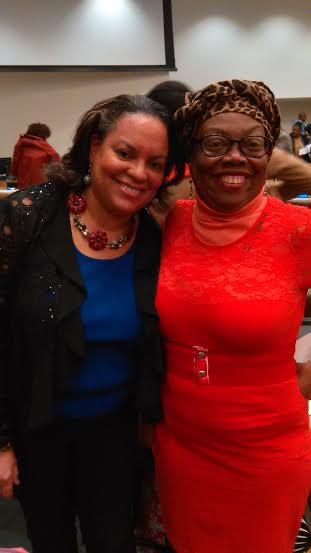Murphy Browne © October 9-2020
MARY ANN SHADD-CARY OCTOBER 9-1823
One hundred and ninety-seven years ago on October 9, 1823, Mary Ann Shadd was born in Wilmington, Delaware. She was the eldest of 13 children born to Abraham Doras Shadd and Harriet Burton Parnell. The Shadd family were free African Americans living in a slave holding America. When it became illegal to educate African American children in the state of Delaware, the Shadd family moved to Pennsylvania, where Mary Ann attended a Quaker school. In 1840, after being away at school, Mary Ann returned to West Chester and established a school for African American children. She also later taught in Norristown, Pennsylvania, and New York City.
When the Fugitive Slave Law of 1850 in the United States threatened to return free northern African Americans and those who had escaped slavery back into bondage, Shadd and her brother Isaac moved to Canada and settled in Windsor, Ontario. In Windsor, she established a school and published an anti-slavery newspaper called “The Provincial Freeman,” in 1853 which made her the first female editor in North America. She encouraged African Americans to leave the United States and immigrate to Canada. On March 24, 1853 “The Provincial Freeman” a weekly newspaper was first printed. Mary Ann Shadd’s name did not appear as the editor of the newspaper because of the accepted sexism of the time in which she lived. The motto of “The Provincial Freeman” was “Self-Reliance Is the True Road to Independence.” The newspaper was co-edited by formerly enslaved African Samuel Ringgold Ward. Ward’s family had escaped enslavement when he was a three-year-old in 1820, fleeing from Maryland and lived in Greenwich, New Jersey until 1826 before moving to New York.
“The Provincial Freeman” survived until 1857 published from various locations in Ontario. It was first published in Windsor (1853–1854,) Toronto (1854–1855) and Chatham (1855–1857.) The newspaper was closed with issue number 49, published on August 22, 1857. During the life of “The Provincial Freeman” Shadd encouraged emigration to Canada by publicizing the success of African Canadians living in freedom in Canada. Slavery in Canada had been abolished 16 years (August 1, 1834) before the US passed the Fugitive Slave Act in 1850 which put even the freedom of African Americans living in Free states at risk. “The Provincial Freeman” was noted for “its militant editorial policy.” One description was that the: “paper's tone -- toward Uncle Tom's Cabin and white America generally -- was a lot more aggressively critical than most African Americans living in the North at this time, including Frederick Douglass, allowed themselves to be.” Mary Ann Shadd was unapologetically outspoken against the enslavement of Africans.
In 1856 Mary Ann Shadd married African Canadian businessman Thomas Cary who passed away in 1860. Thomas Cary and his brothers (George, Isaac and John) like Mary Ann Shadd were free born African Americans who chose to move to Canada since slavery had been abolished in Canada on August 1, 1834. The couple had a son and a daughter.
Following the closing of “The Provincial Freeman” on August 22, 1857, Shadd Cary returned to the USA during the Civil War to help in the war effort. She was hired by Martin Robison Delany as a recruiting officer for the Union Army encouraging African Americans to join the fight against the Confederacy and against slavery. Martin Robison Delany was the only African American who received the rank of Major during the Civil War. After the Civil War ended, Shadd Cary attended one of the Historically Black Colleges and Universities (HBCUs) Howard University from where she earned a law degree in 1883 when she was 60 years old!
Mary Ann Shadd Cary transitioned to the ancestral realm on June 5, 1893 in Washington, DC. She is remembered as a pioneering newspaper editor, abolitionist, educator, lawyer, feminist and suffragist. The Mary Ann Shadd Cary House (where she lived from 1881 to 1885) located at 1421 W Street, NW in Washington, DC. was declared a National Historic Landmark on December 8, 1976 and is listed on the National Register of Historic Places. In 1987 Mary Ann Shadd was designated a Women's History Month Honoree by the National Women's History Project, an American non-profit organization dedicated to honoring and preserving women's history. She was honoured by Canada, as a Person of National Historic Significance on November 24, 1994.
Murphy Browne © October 9-2020








No comments:
Post a Comment